Our skin’s needs can fluctuate with seasonal and environmental changes, but our essential skin type only changes a few times in our life. One of the main catalysts for a change in skin type is hormonal shifts -and menopause is a big one.
It can be confusing to know how to care for your skin when it suddenly starts acting differently. To make things a little easier, I’ve put together this guide to skincare for menopause to help you tackle some of the most common concerns. At 49, I’m no stranger to some of these shifts and I’ve recently had to start adjusting my own skincare rituals.
How Menopause Affects Our Skin
Most women start seeing changes as estrogen levels begin to dip in their early to mid-40's. Our hormones control many body functions and that includes our largest organ- our skin. Hormones regulate the production of collagen, elastin, and hyaluronic acid and a dip in estrogen means we start making less of all these. Our skin starts feeling thinner, may begin to sag. Wrinkles begin to show and we can lose that plump youthful look. Testosterone levels can plunge, making our skin drier and/or breakout.
Common Skin Changes with Menopause:
- Visible sun damage and hyper- or hypo-pigmentation
- Dry skin
- Dull-looking skin
- Increased sensitivity & irritation
- Redness and signs of rosacea
- Loss of skin tone- "crepey", thinner skin
- Increasing facial hair
- Hormonal breakouts
Don't worry, it's unlikely you'll experience all of these skin changes, but your hormonal shifts will cause at least a few and it can be upsetting when our skin shifts in a surprising direction. Also, these changes don't happen overnight or all at once- menopause is a gradual transition that can happen over years and even a decade or more.
This is why it's best to address the changes in your skin as they come, honoring these shifts and getting to know our bodies as they change, rather than trying to fight it. It can be frustrating, but remember to be kind to yourself, listening to your skin's needs. With care, we can gently bring our skin back into a healthy state of radiance.
How to Care For Your Skin During Menopause
Sun Damage and Pigmentation
All the damage we did to our skin in our youth starts showing up around this time. We start seeing what we call "sun spots", "age spots", patches of darker skin in weird places and more freckles including dark and lighter spots. Melasma, larger dark patches, can appear as well.
My Solution:
Trying to lighten darker spots and patches can take a lot of time and often they never really go away. The best we can often do is suppress and lighten it up a bit. I recommend using a combination of topical products and getting professional treatments like hydrodermabrasion to begin with. Talk to your dermatologist about more intensive treatments such as laser and deeper peels. Our Brighten Up collection is formulated to target dark spots and sun damage.
Dull Skin
I frequently hear customers over the age of 30 years expressing concern about their skin looking dull. They miss having a fresh, dewy complexion. It's mainly caused by two factors. First, our circulation generally slows down as we age. Since blood carries oxygen and nutrients to the skin, fewer of these are being delivered. At the same time, we're producing less growth hormone, which among many other functions, regulates our cellular turnover. As we make fewer skin cells, those on the epidermis (top layer) begin to build up and age. We have this layer of dry, dead skin cells on the surface, giving our skin a dull look. Fortunately, both of these issues are easy to correct!
My Solution:
INGREDIENTS TO ENERGIZE THE SKIN
To address slower circulation, I recommend using products with energizing, stimulating ingredients like peppermint and eucalyptus. When applied topically, these ingredients work to slightly dilate blood vessels, which allows the skin to accommodate better blood flow. This can help restore a more radiant complexion.
GENTLE, REGULAR EXFOLIATION
To address slower skin cell turnover, we need to remove the top layer of dead skin cells. We call this process exfoliation. Exfoliating acids and manual scrubs help remove dead skin, allowing fresh, live, hydrated cells to be brought to the surface. You literally get younger skin! Be careful not to overdo it though- once you remove the dead skin cells, you want to nourish and protect the fresh layer. You can scrub up to three times a week, but be aware of how your skin is feeling. A good rule of thumb is to back off all exfoliation for a week or so if you feel any tenderness, discomfort or see redness or irritation.
PRO TIP FOR BUSY FOLKS: Masking and exfoliating can seem time consuming and daunting, but don't worry! Sure, you can create a lovely ritual when you do a face mask. Make some herbal tea, light a candle, close your eyes and relax while your mask does its magic. Personally, I think this sounds absolutely lovely- but I very rarely take the time to do this. I keep both my face masks and scrubs on a high shelf in the shower (so I remember to use them!) and make a habit out of applying my acid peel once a week at the start of my shower and rinsing it off at the end. Right afterwards, and twice a week by itself, I gently exfoliate with a facial scrub. Rinse again and I'm done. Fast, easy and effective!
MASSAGE
Another great way to increase blood flow is to massage your skin. At this point, you may be thinking that you simply don't have time for all this maintenance. But it really doesn't take much time at all. When you apply your facial serum and moisturizer, massage each product into your skin with your fingertips with little circular motions. Work outward and upward to enhance lymphatic drainage.
Read my tips on How to Get Radiant Skin in Minutes.
Dry Skin
I consult with so many people who think they have dry skin when what they’re actually experiencing is dehydration. How oily or dry our skin typically is, is determined by our genes and hormones. Dehydration, however, is more of a temporary state of affairs caused by lack of water in our skin.
During and after menopause, hormonal shifts can cause our oil glands to decrease production of vital lipids (oils), resulting in chronic dryness. When our skin remains dry, our moisture barrier can become impaired, resulting in dehydration, redness, reactivity and sensitivity. Our skin isn't holding onto water as well as having a deficiency in ceramides. Fortunately, there are some simple solutions.
My Solution:
First, we need to increase the ceramide content of our skin. You can switch to a heavier moisturizer, add a few drops of a ceramide rich facial oil to your current moisturizer or do both. I switch between these methods depending on the season and also like to use a super hydrating face mask like the Honey Avocado Rescue Mask once or twice a week to really give my skin hydration a boost. You'll also want to use a non-drying cleanser like our Hydrating Cleanser.
Read My Journal Entry on Ceramides to Dive Deeper
INCREASING WATER CONTENT IN OUR SKIN
In addition to increasing oils and maintaining a healthy skin barrier, we need to restore the amount of water that our skin holds on a daily basis. As we age, we produce less and less hyaluronic acid. Also known as sodium hyaluronate or "HA", it serves as a water reservoir for the cells and can hold up to 1,000 times its weight in water.
As we age, the loss of hyaluronic acid results in dehydrated, thin and “crepey looking” wrinkly skin. Adding HA to your skin care routine can help hydrate and plump your skin, decreasing the appearance of fine lines and wrinkles. With daily use, it builds up in your skin, plumping up whenever you drink water.
We add a vegan HA to many of our products. The super-low molecular weight HA that we use absorbs easily into the skin. You'll find this incredibly effective ingredient in many of our moisturizers and serums.
Learn more about how to rescue dry skin.
Irritation or Sensitivity
Some people can experience newfound redness (often called rosacea), reactivity and sensitivity as their hormones shift. This can manifest as suddenly having negative reactions to products you've been using happily for years. This can be a confusing and frustrating experience for sure. When our skin gets chronically dry and dehydrated (yes, you can experience both at once!), we're more susceptible to conditions like rosacea, eczema and rashes. Our skin can get itchy and uncomfortable too. Hot flashes can exacerbate all of these.
As I mentioned earlier, a breakdown of our skin barrier and vital ceramides, oils and collagen make our skin very fragile and sensitive
My Solutions:
This is the time to become more thoughtful of everything your skin comes in contact with, including your household cleaners and laundry detergents. In general, synthetic fragrances are skin irritants. My husband, an MD, says that plugin household fragrances (we won't name any brands here) actually interact with medications! It's well known that synthetic fragrances can harm our nervous systems as well. All good reasons to read labels and make sure you're using 100% naturally fragranced or fragrance-free products.
We use only natural, plant-based ingredients for our "fragrances" and I specifically choose essential oils and botanicals for each facial product to have a positive effect on the skin. For example, the Saving Grace Night Cream has an uplifting lemony aroma. This comes from Lemon Balm whish has protective antioxidant properties, brightens and helps improve the appearance of dull, dry skin. It's also a fantastic mood lifter!
Other ingredients to avoid are alcohols and foaming agents like lauryl and laureth sulfates, which are very drying. I love a long hot shower, but honestly, avoiding really hot water is key to keeping our skin hydrated and happy.
Seek out and use products with cooling and calming ingredients like cucumber, plantain, jasmine, and calendula. We add these to our Soothe facial collection and Chamomile Dream body care. I already talked a bit about the importance of the moisture barrier, but if you’re experiencing sensitivity and irritation, it’s extra critical that you support it with barrier-repairing oils and ingredients.
Finally, if your skin has become more sensitive and you’re no longer sure which products are best, I suggest trying a “skincare detox.” This involves stripping your routine down to the basics, then slowly adding things back in to learn what works for you (and, just as importantly, what doesn’t).
Read my article on Rebuilding Your Skin's Moisture Barrier
Loss of Skin Tone- Crepey, Thinning Skin
As I mentioned earlier, a sharp drop in estrogen during menopause leads to the reduction of collagen, which is what keeps our skin taught and firm. This is why many of us begin to see changes like sagging, crepiness, fine lines and wrinkles as we age.
My Solution:
Look for collagen-building ingredients like vitamin C, mushrooms and peptides in your skincare products. Mushrooms like poria cocos are said to increase collagen synthesis while plumping, firming and calming our skin. Peptides help build collagen without causing irritation, so they’re a great ingredient to reach for. I pack our Youth in Bloom leave-on products with all three of these important ingredients Vitamin C does double duty brightening skin and supporting collagen synthesis. Finally, be conscious of wearing sunscreen every day- sun exposure is the number one enemy of collagen.
Increased Facial Hair
As I’ve gotten older, I’ve definitely started to notice more peach fuzz on my face. This is normal, and it’s something many people experience. Hormone replacement therapy, namely testosterone, can increase facial hair.
My Solution:
Whether or not you choose to remove facial hair, you have a few options. Personally, I go back and forth between waxing and shaving my face with a dermaplaning tool. Dermaplaning must be done very carefully (you don't want to slice yourself with the sharp blade!). I like it because it's simple and gently removes peach fuzz and facial hair while also exfoliating (removing some dead skin). Again- learn how to do this from a trained professional!
Waxing and threading are other options, but of course these can be irritating, especially to sensitive and reactive skin. If you go this route, I recommend having your esthetician do it.
Hormonal Breakouts
Last but not least, let's talk about middle-age hormonal breakouts. I consult with at least one person a day who's experiencing the dreadful surprise of suddenly breaking out. Who told us that this would end in our teens? It hardly seems fair, doesn't it?
My Solution:
Firsts of all, don't panic, this too can be handled. Second, be gentle and kind to your skin. Rushing to "dry it out" can actually exacerbate the problem- when you remove all your natural oils, your skin responds by making even more.
1. You'll need to regularly cleanse (day and night) with a gentle but effective cleanser like our soap-free Apple Chamomile Cleansing Gel.
2. Next, get in the habit of regularly exfoliating to keep dead skin from building up and clogging pores. AHAs (alpha hydroxy acids) are great at this! A gentle scrub will finish the task.
3. Use products with BHAs (beta-hydroxy acids). BHAs dissolve oils and whatever else is clogging deep within your pores. I reach for willow bark extract when I'm formulating because it's a natural source of salicylic acid that's more gentle than the synthetic version. A huge bonus is that willow bark has an "aspirin like" effect of calming and soothing the skin. You'll find this gift from Mother Nature in our Yarrow & Willow Bark BHA Toner, Willow Bark Pore Refining Serum and the Yarrow Oil Free Moisturizing Gel.
Each of us is going to have a unique experience as we move through this transitional phase of our life. In our youth-obsessed culture, it's a challenge for us to continue to embrace ourselves and not just accept, but celebrate aging. With it comes decades of wisdom, born through experience. Our expression lines are our life story. Our skin and bodies reflect all that we've gone through and makes us, in my opinion, absolutely beautiful.
This is the time to fill our own cups by consciously taking care of our precious bodies. We've given, and continue to give so much to our families and communities and we need to spend a little extra time giving back to ourselves. Whether you can spend a few moments, eyes closed in the shower, inhaling the aromatics of your facial cleanser, giving yourself a facial massage, or getting outside and forest bathing and exercising, you need to prioritize YOU.
Some of us have been taught that this is "selfish", while at the same time, we're inundated with all the things we're "supposed" to do to be balanced and healthy. My advice? Pick a couple things you can do for yourself today. And for goodness sake, don't feel guilty when you have a busy day and forget or put off self care. Let's be as kind to ourselves as we are to the people we love the most. You deserve to like yourself and to be kind to yourself and however that manifests is up to you, each day.
Next, check out my tips on Serums For a Spring Glow!
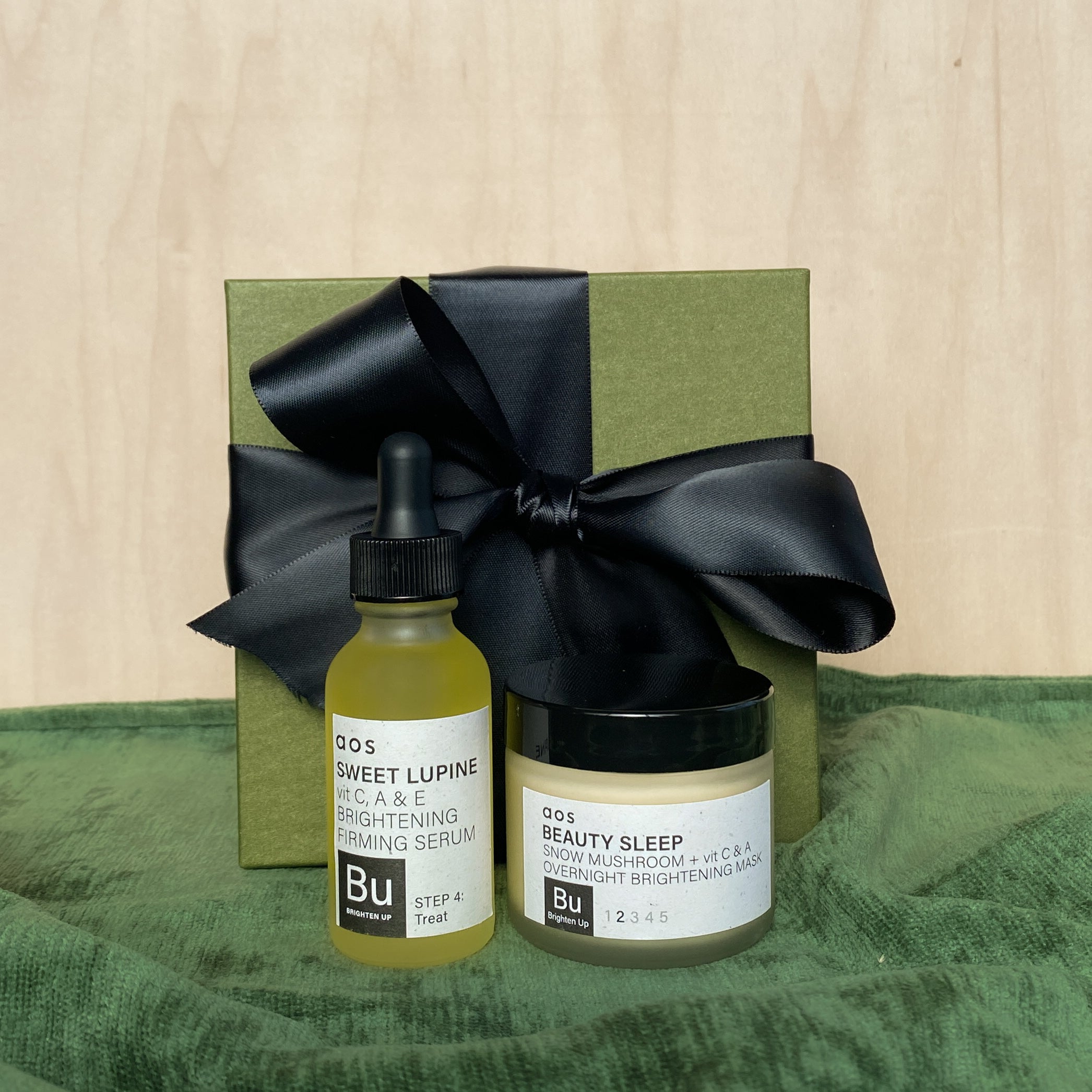

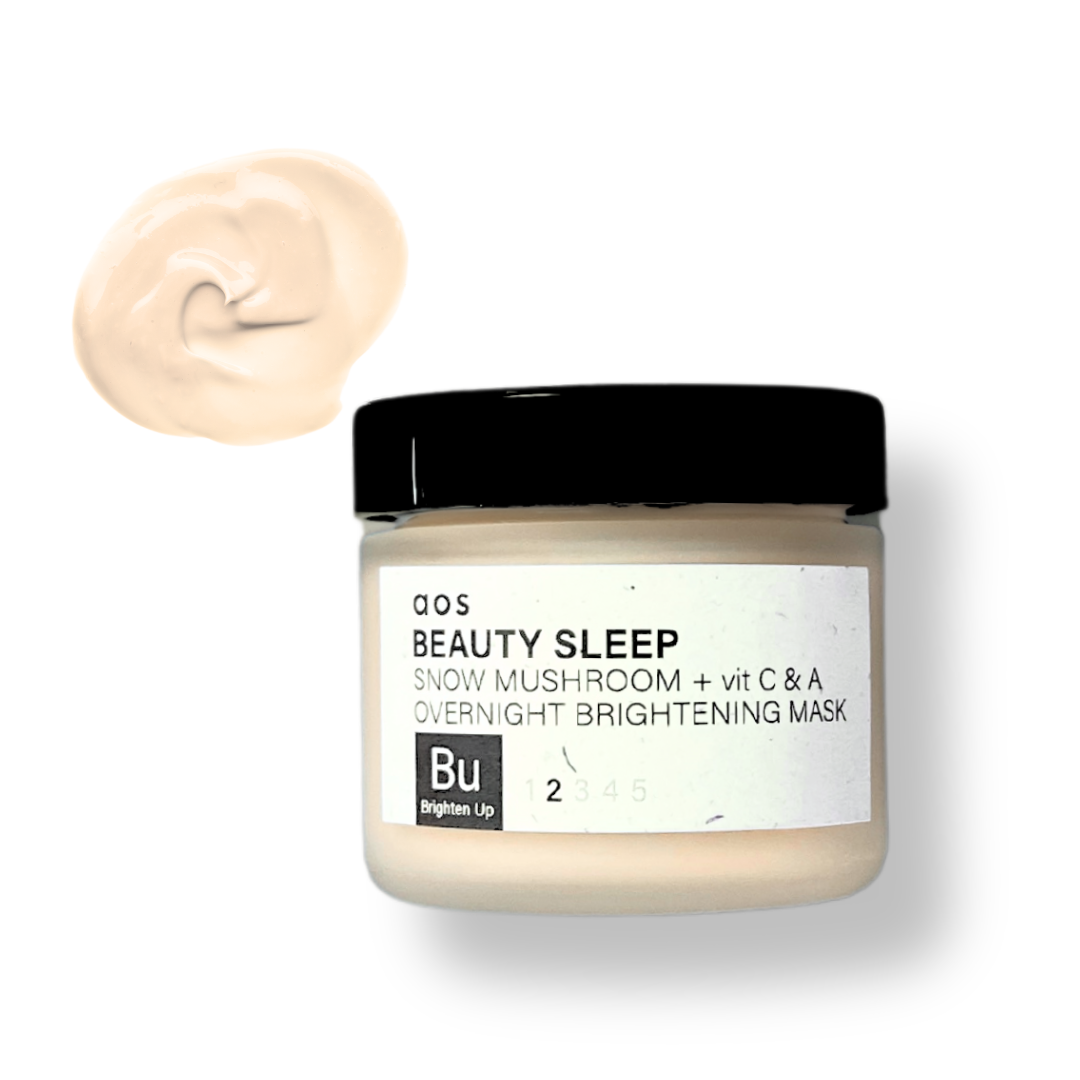

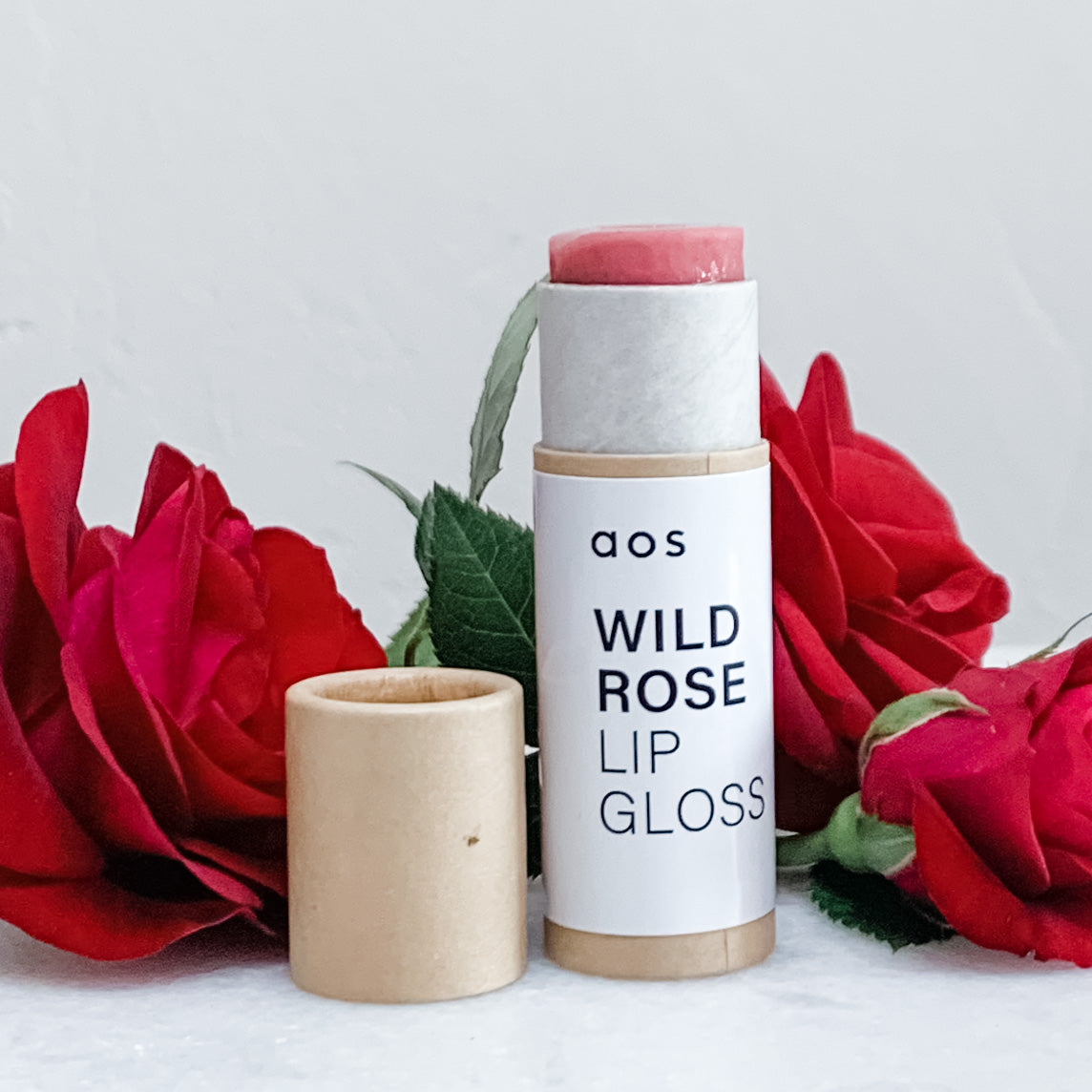
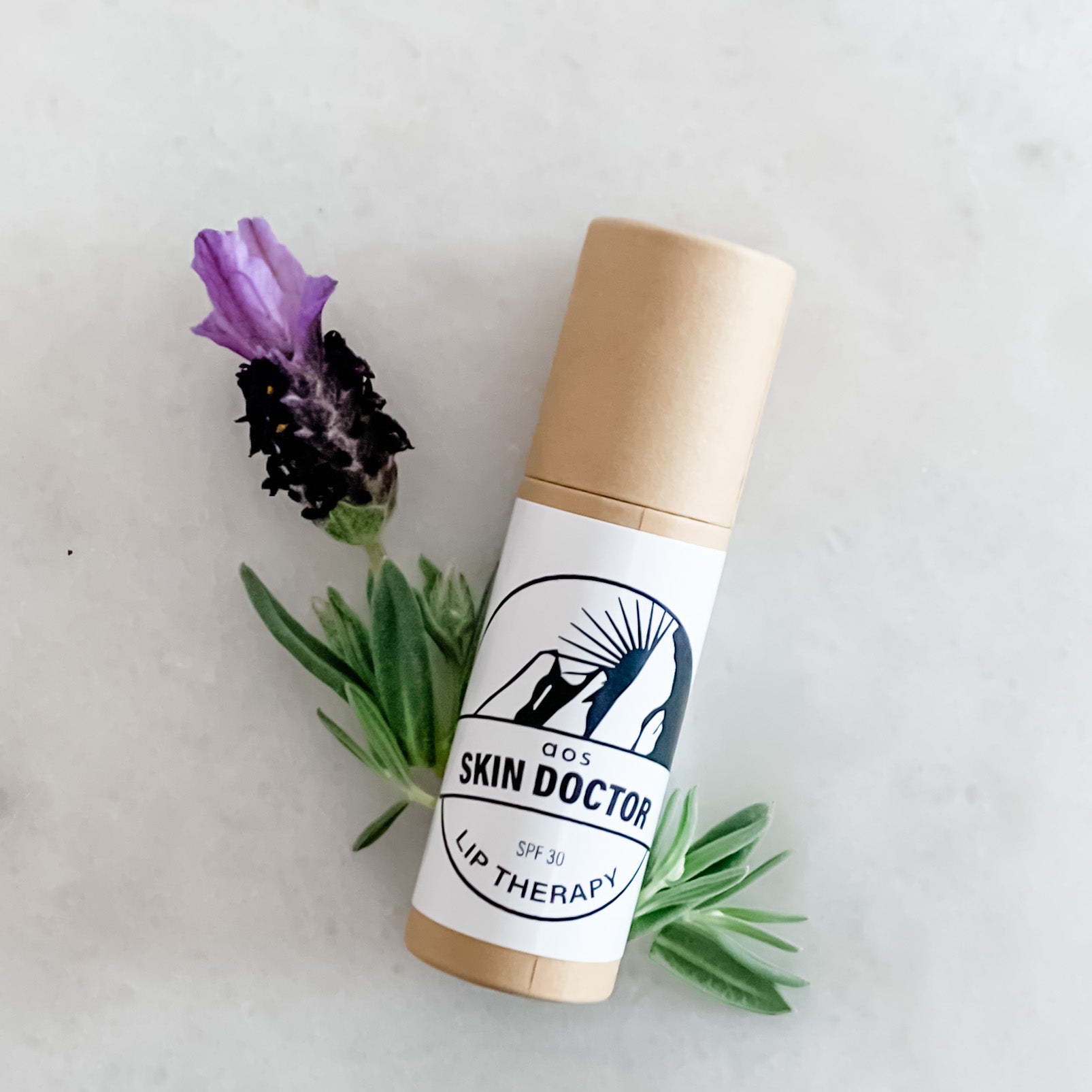

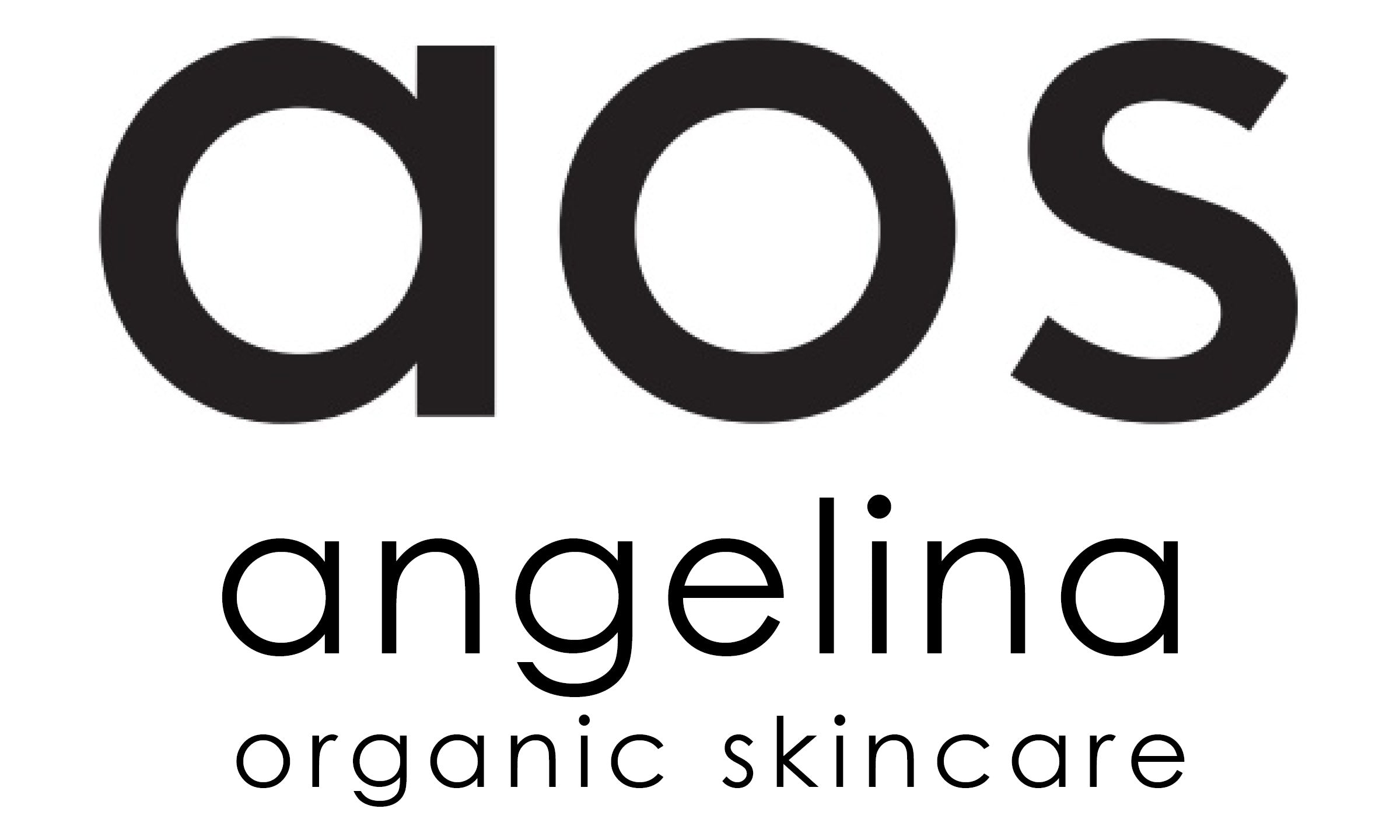





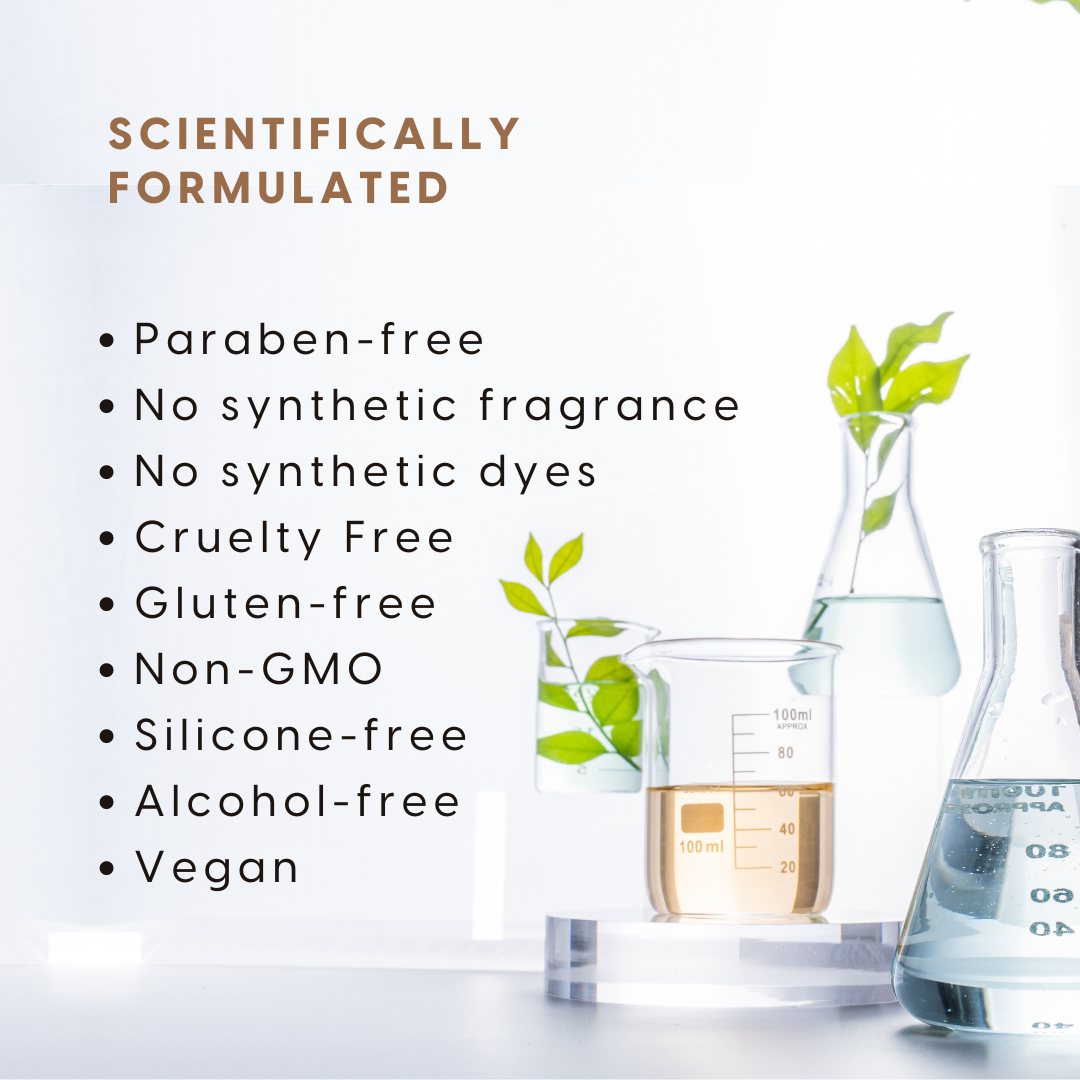
















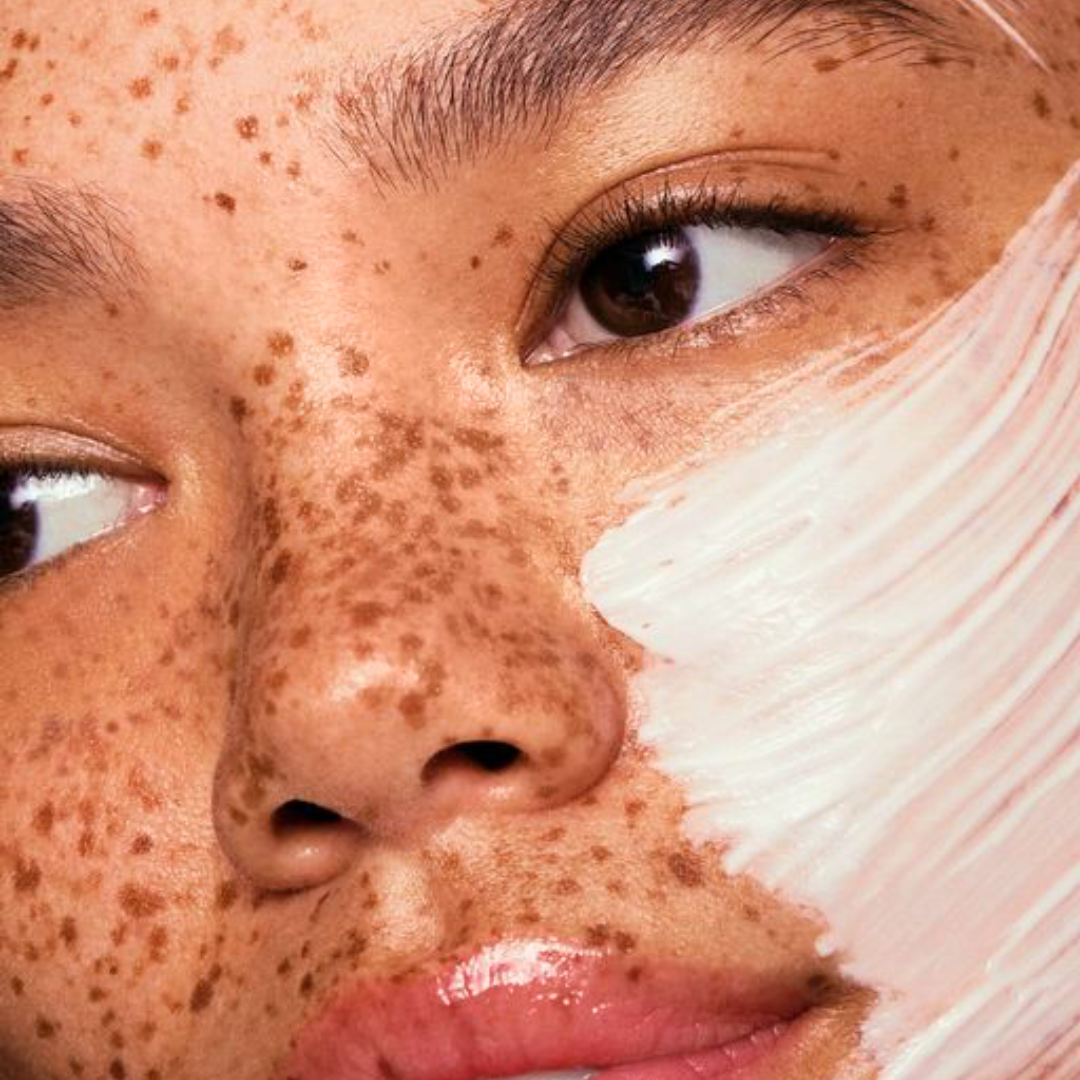

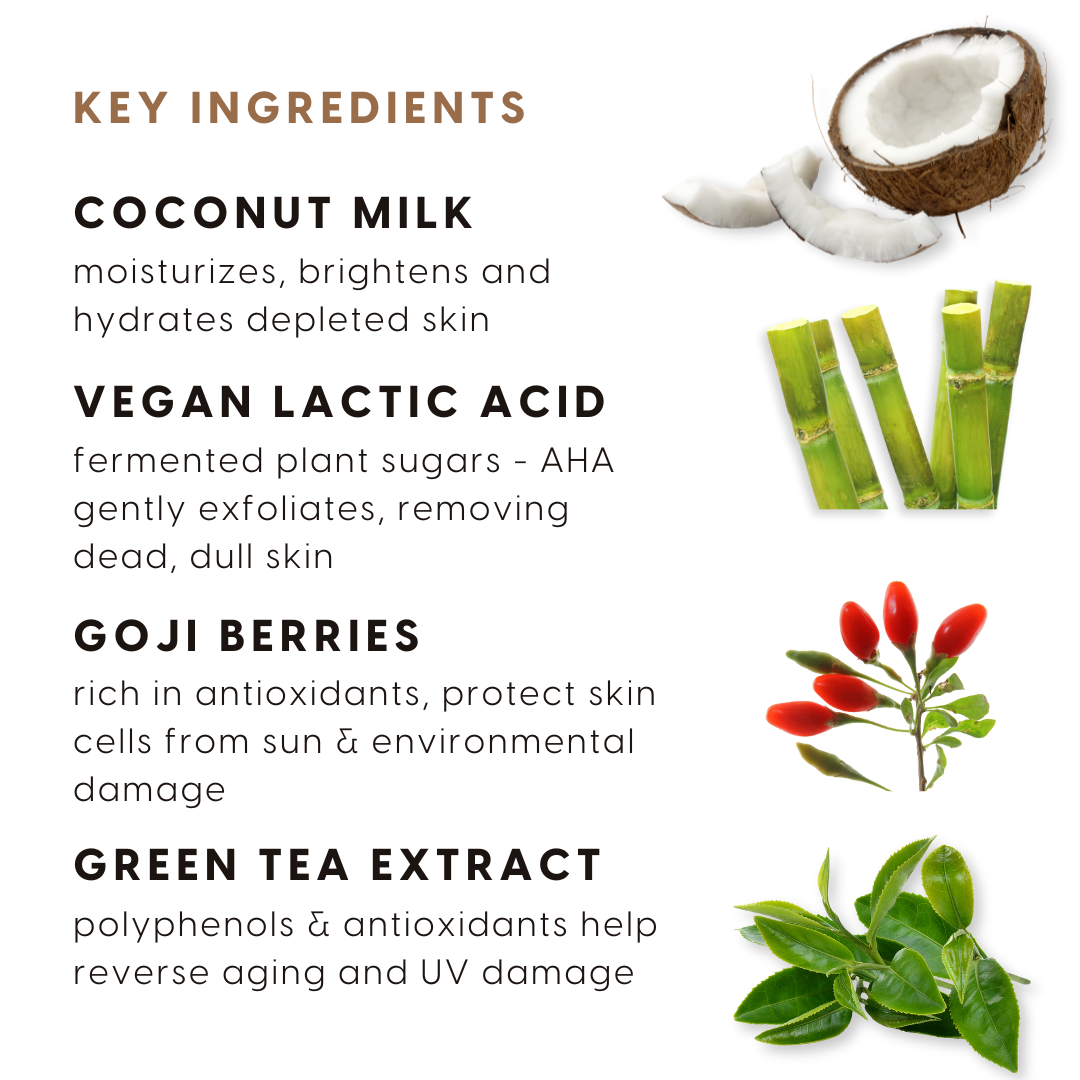

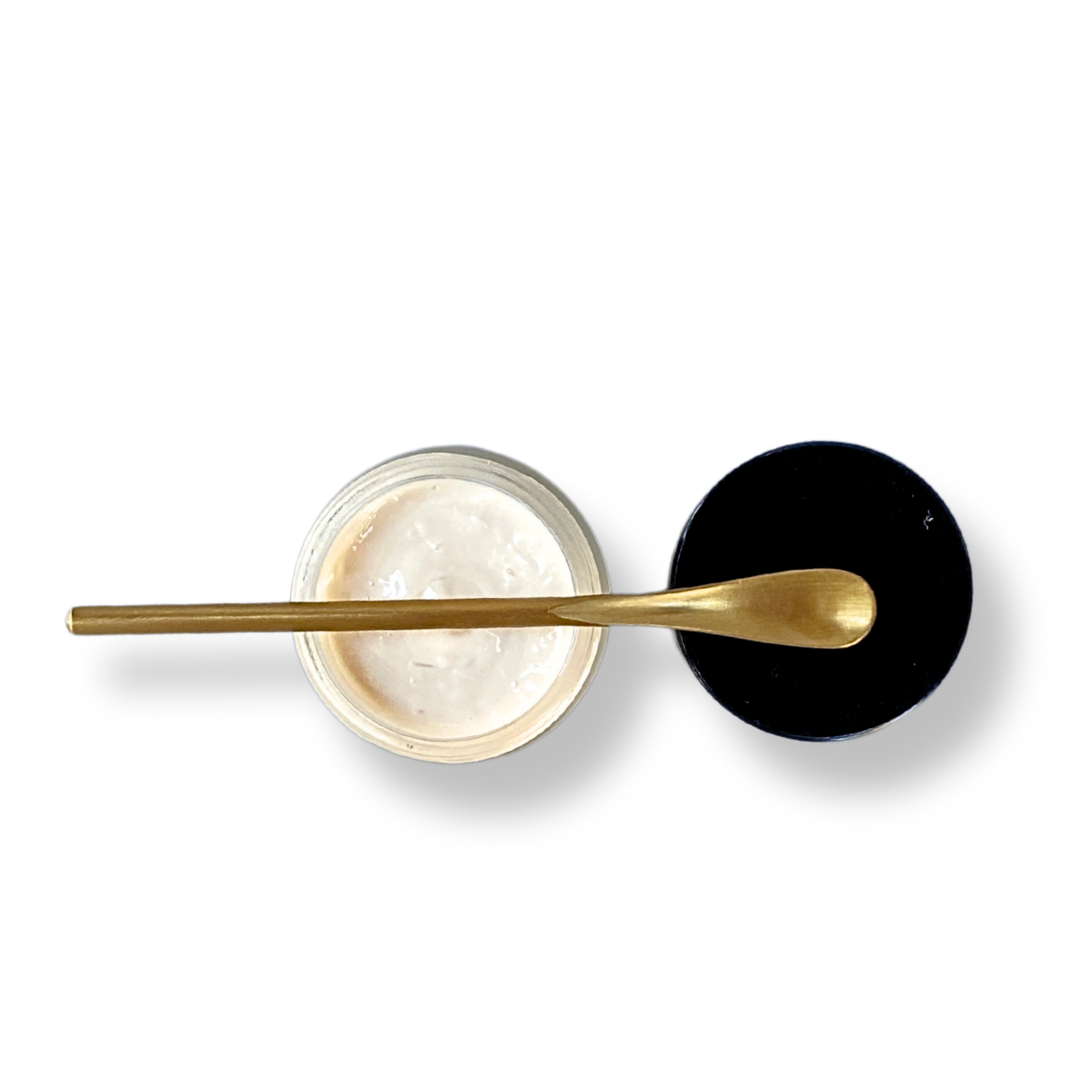
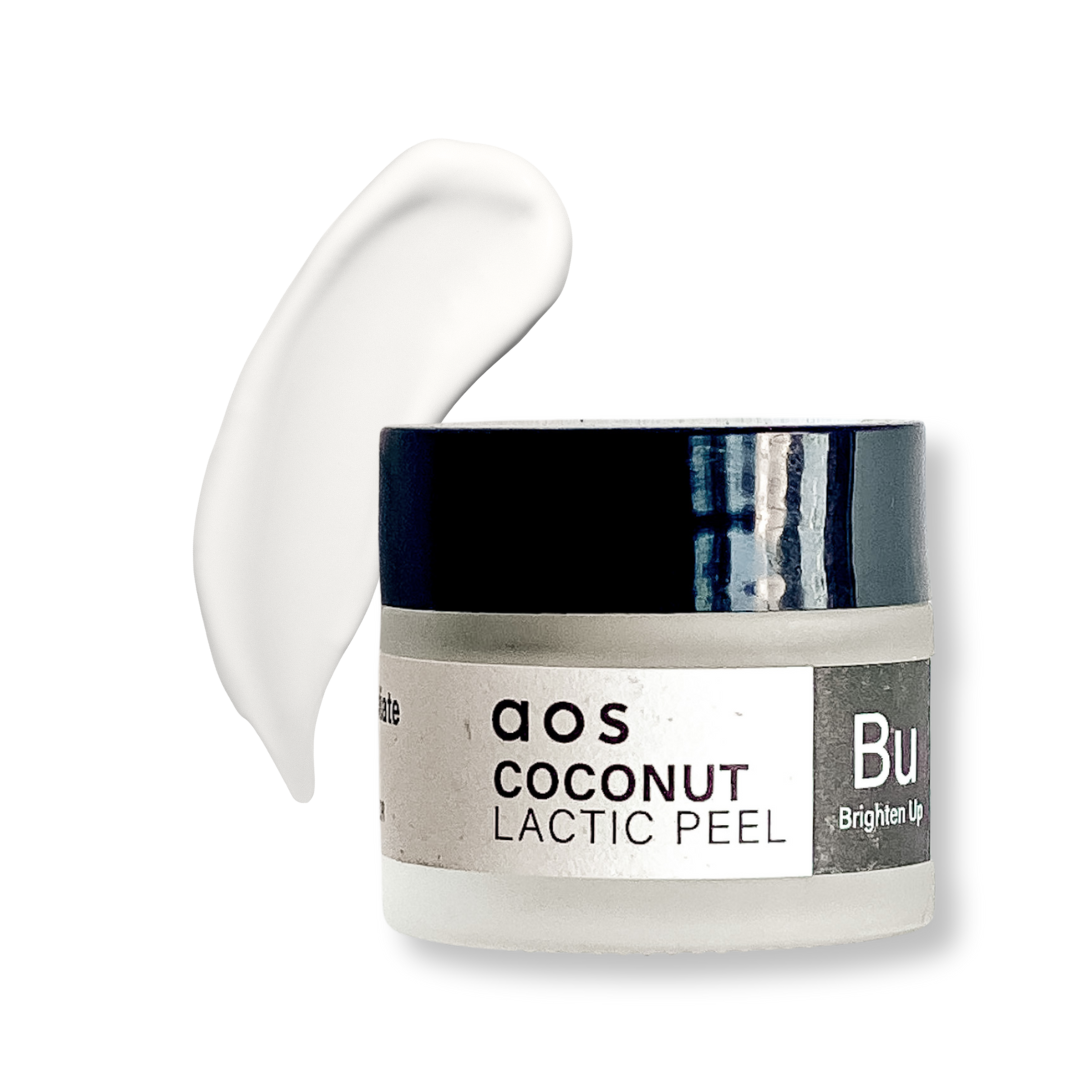







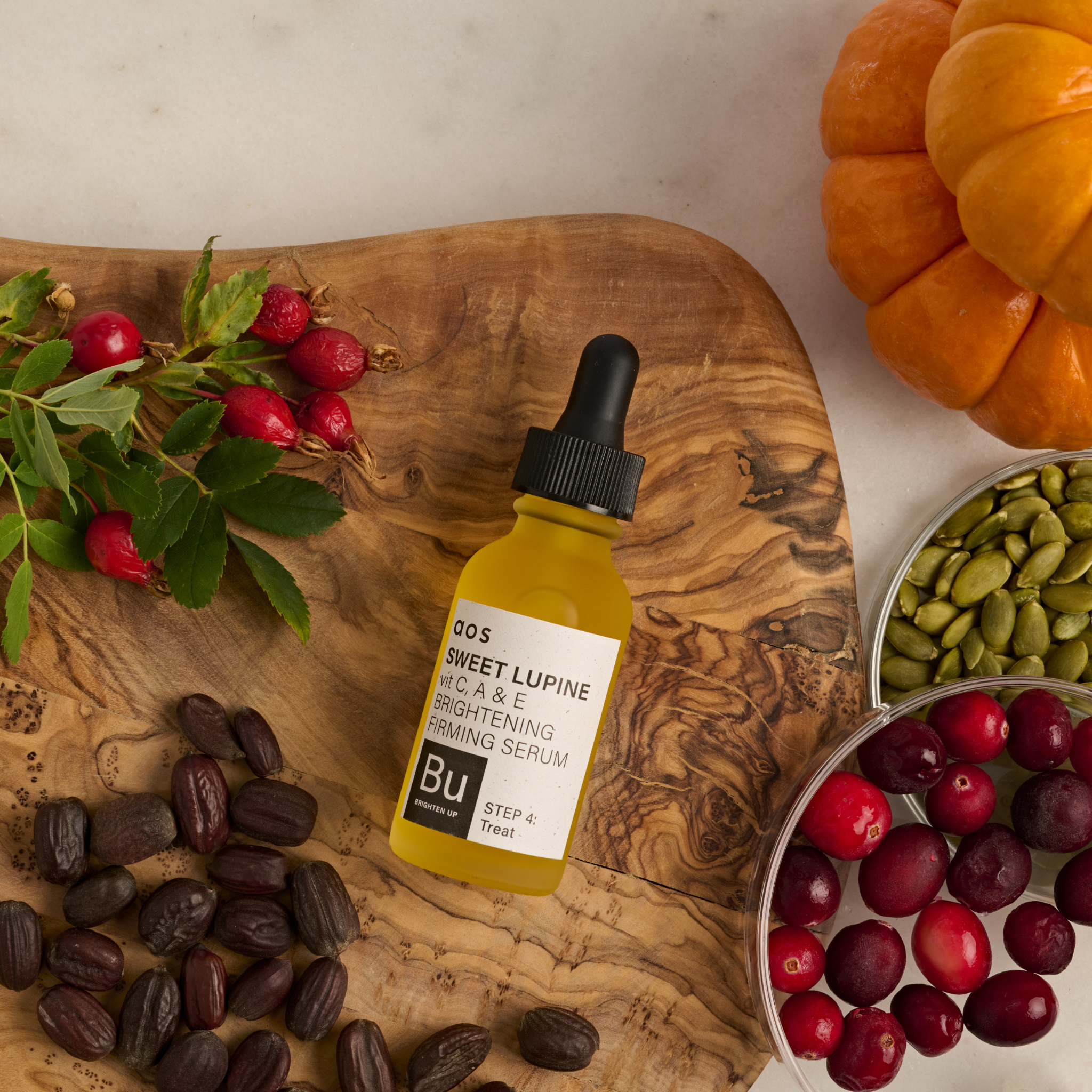


Share and get 15% off!
Simply share this product on one of the following social networks and you will unlock 15% off!